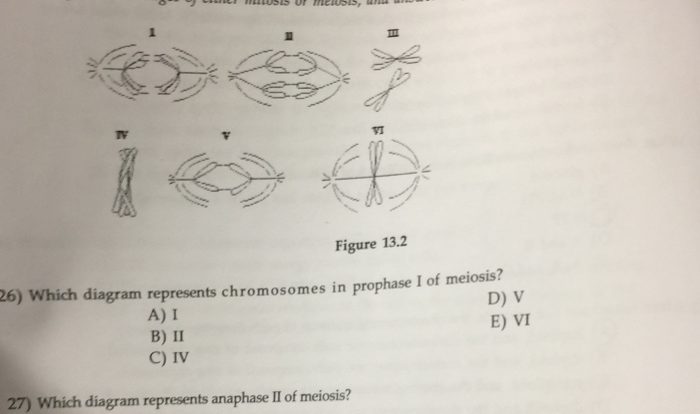Tour of the cell chapter 6 – Welcome to the captivating journey of “Tour of the Cell: Chapter 6,” where we delve into the intricate world of cells. Get ready to unravel the mysteries of the cell’s structure, function, and the remarkable processes that govern its existence.
This chapter embarks on an exploration of the cell’s core, the nucleus, unraveling its role in DNA replication and transcription. We’ll then venture into the cytoplasm, where organelles like the endoplasmic reticulum, Golgi apparatus, and mitochondria orchestrate cellular processes.
Introduction to the Cell
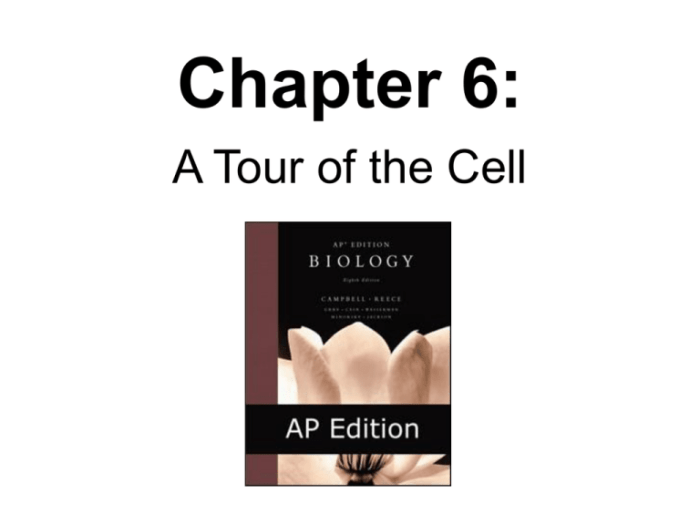
The cell is the basic unit of life and the building block of all living things. It is the smallest unit that can carry out all the functions of life, including metabolism, growth, reproduction, and response to stimuli.
Cells come in a variety of shapes and sizes, but they all share some basic structures. The most important of these is the cell membrane, which surrounds the cell and protects its contents. The cell membrane is also responsible for regulating the passage of materials into and out of the cell.
Types of Cells
There are two main types of cells: prokaryotic and eukaryotic.
- Prokaryotic cellsare the simplest type of cells. They do not have a nucleus or other membrane-bound organelles. Prokaryotic cells are found in bacteria and archaea.
- Eukaryotic cellsare more complex than prokaryotic cells. They have a nucleus and other membrane-bound organelles. Eukaryotic cells are found in all plants, animals, fungi, and protists.
Importance of the Cell Membrane
The cell membrane is a vital part of the cell. It protects the cell’s contents, regulates the passage of materials into and out of the cell, and helps the cell to maintain its shape.
- Protection:The cell membrane protects the cell’s contents from the outside environment. It prevents harmful substances from entering the cell and keeps the cell’s contents from leaking out.
- Regulation:The cell membrane regulates the passage of materials into and out of the cell. It allows essential nutrients to enter the cell and waste products to leave the cell.
- Shape:The cell membrane helps the cell to maintain its shape. It provides a barrier between the cell and its surroundings, and it helps to keep the cell’s contents in place.
The Nucleus
The nucleus, the control center of the cell, houses the cell’s genetic material. It plays a crucial role in managing cellular activities, including DNA replication and transcription.
Structure of the Nucleus
The nucleus is enclosed by a double membrane known as the nuclear envelope. It consists of pores that allow the exchange of materials between the nucleus and the cytoplasm. Inside the nucleus, the nucleolus is a dense region responsible for ribosome synthesis.
Chromatin, a complex of DNA and proteins, occupies the rest of the nucleus and condenses into chromosomes during cell division.
Function of the Nucleus
The nucleus serves as the primary repository of genetic information. It houses the cell’s DNA, which contains the instructions for protein synthesis and other cellular functions. The nucleus also regulates gene expression by controlling which genes are transcribed into RNA.
DNA Replication
During cell division, the nucleus plays a pivotal role in DNA replication. It ensures the accurate duplication of genetic material, ensuring that each daughter cell receives a complete set of chromosomes.
Transcription
Transcription, the process of copying DNA into RNA, occurs within the nucleus. RNA molecules carry the genetic information from the nucleus to the cytoplasm, where they direct protein synthesis.
The Cytoplasm

The cytoplasm is the jelly-like substance that fills the cell. It is made up of water, proteins, carbohydrates, lipids, and other molecules. The cytoplasm contains all of the cell’s organelles, which are small structures that perform specific functions.
Organelles Found in the Cytoplasm
The cytoplasm contains a variety of organelles, including:
- Endoplasmic reticulum (ER):The ER is a network of membranes that folds and transports proteins. There are two types of ER: rough ER and smooth ER. Rough ER has ribosomes attached to its surface, while smooth ER does not.
- Golgi apparatus:The Golgi apparatus is a stack of flattened sacs that modifies and packages proteins. It is also involved in the formation of lysosomes.
- Mitochondria:Mitochondria are the powerhouses of the cell. They produce energy in the form of ATP.
- Ribosomes:Ribosomes are small structures that synthesize proteins. They are either attached to the rough ER or free in the cytoplasm.
Role of the Cytoplasm in Protein Synthesis and Other Cellular Processes
The cytoplasm is the site of protein synthesis. Ribosomes, which are located in the cytoplasm, read the genetic code in mRNA and assemble amino acids into proteins. The cytoplasm is also involved in other cellular processes, such as cell division, cell movement, and metabolism.
The Cell Cycle
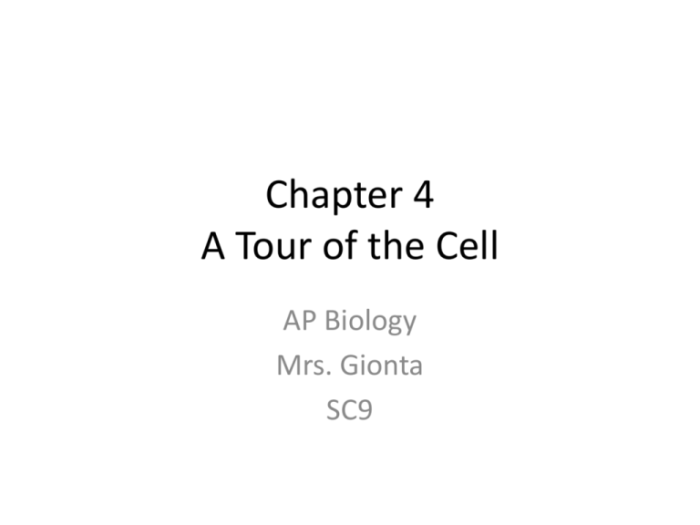
The cell cycle is the process by which a cell grows and divides. It is divided into four stages: G1, S, G2, and M.
During the G1 stage, the cell grows and prepares for DNA replication. During the S stage, the cell’s DNA is replicated. During the G2 stage, the cell checks for DNA damage and repairs any damage that is found. During the M stage, the cell divides into two daughter cells.
Mitosis
Mitosis is the process by which a cell divides into two identical daughter cells. It is divided into four stages: prophase, metaphase, anaphase, and telophase.
During prophase, the chromosomes condense and the nuclear envelope breaks down. During metaphase, the chromosomes line up in the center of the cell. During anaphase, the chromosomes are separated and pulled to opposite ends of the cell. During telophase, two new nuclear envelopes form around the chromosomes and the cell membrane pinches in the middle, dividing the cell into two daughter cells.
Meiosis
Meiosis is the process by which a cell divides into four haploid daughter cells. It is divided into two stages: meiosis I and meiosis II.
During meiosis I, the chromosomes condense and the nuclear envelope breaks down. The chromosomes then pair up and exchange genetic material. The chromosomes are then separated and pulled to opposite ends of the cell. During meiosis II, the chromosomes are separated and pulled to opposite ends of the cell again.
This results in four haploid daughter cells.
Regulation of the Cell Cycle
The cell cycle is regulated by a number of checkpoints. These checkpoints ensure that the cell is ready to progress to the next stage of the cycle. If a checkpoint is not met, the cell will either stop dividing or it will die.
The cell cycle is a complex process that is essential for the growth and development of organisms. It is regulated by a number of checkpoints to ensure that the cell is ready to progress to the next stage of the cycle.
Cell Transport
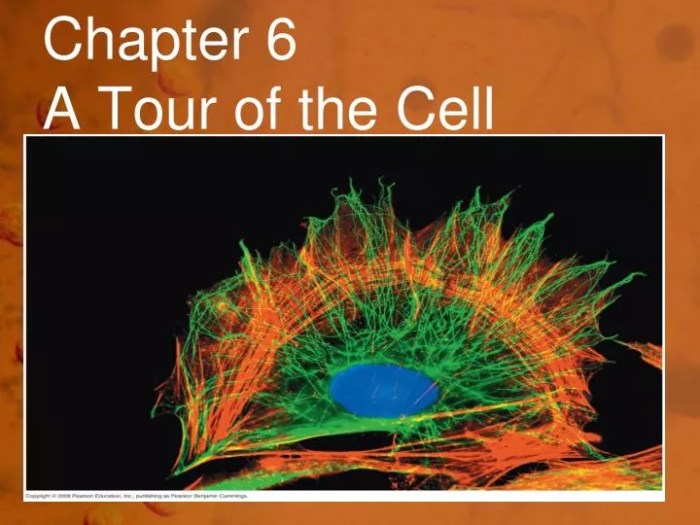
Cell transport refers to the movement of molecules and ions across the cell membrane. It is essential for maintaining cellular homeostasis and ensuring that cells receive the nutrients and eliminate waste products necessary for survival.There are three main types of cell transport: passive transport, active transport, and facilitated diffusion.
Passive Transport
Passive transport is the movement of molecules or ions across a membrane from an area of high concentration to an area of low concentration, without the need for energy input. Examples of passive transport include diffusion and osmosis.
Active Transport
Active transport is the movement of molecules or ions across a membrane from an area of low concentration to an area of high concentration, against a concentration gradient. This process requires energy input in the form of ATP. Examples of active transport include the sodium-potassium pump and the calcium pump.
Facilitated Diffusion, Tour of the cell chapter 6
Facilitated diffusion is a type of passive transport that involves the movement of molecules or ions across a membrane with the assistance of a carrier protein. Carrier proteins are specific for particular molecules or ions and help them to cross the membrane more easily.
Examples of facilitated diffusion include the glucose transporter and the amino acid transporter.
In our exciting journey through “Tour of the Cell” Chapter 6, we delve into the intriguing concept of diptychs. As we uncover the intricacies of cell structure, we discover that the term “diptych” refers to a two-part image or object.
Returning to our cellular exploration, we continue to unravel the mysteries of the cell’s inner workings, gaining a deeper understanding of its vital processes.
Cell Communication
Cells communicate with each other to coordinate their activities and maintain homeostasis. There are three main types of cell communication: endocrine signaling, paracrine signaling, and autocrine signaling.
Endocrine Signaling
In endocrine signaling, a hormone is released into the bloodstream and travels to target cells throughout the body. Hormones are chemical messengers that bind to specific receptors on the surface of target cells, triggering a response.
Paracrine Signaling
In paracrine signaling, a signaling molecule is released into the extracellular fluid and affects nearby cells. Paracrine signaling is used for short-range communication between cells that are close together.
Autocrine Signaling
In autocrine signaling, a cell releases a signaling molecule that binds to receptors on its own surface. Autocrine signaling is used for self-regulation and can amplify or inhibit cellular responses.
Signal Transduction
Signal transduction is the process by which a signal from outside the cell is converted into a response inside the cell. Signal transduction pathways typically involve a series of steps, including receptor binding, signal amplification, and effector activation.
Importance of Cell Communication
Cell communication is essential for multicellular organisms. It allows cells to coordinate their activities, respond to changes in the environment, and maintain homeostasis. Without cell communication, multicellular organisms would not be able to function properly.
Cell Differentiation
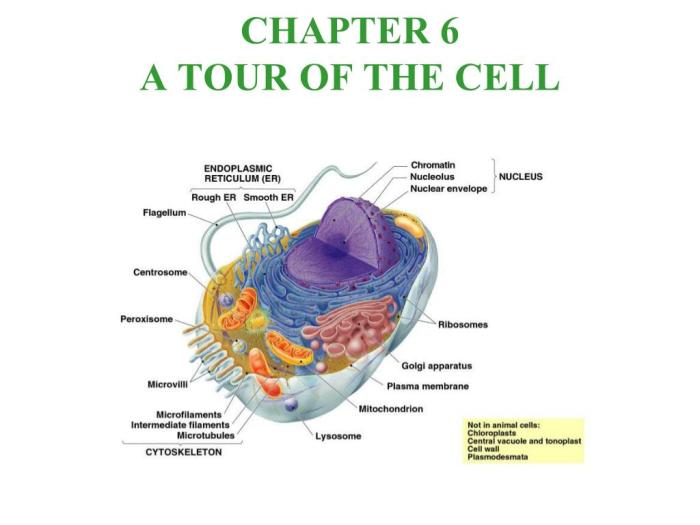
Cell differentiation is the process by which unspecialized cells become specialized cells with specific functions. It is a crucial process in the development of multicellular organisms, as it allows for the formation of complex tissues and organs.Cell differentiation begins with a stem cell, which is an unspecialized cell that has the potential to develop into any type of cell in the body.
Stem cells divide and differentiate into daughter cells, which then divide and differentiate further, eventually forming all the different types of cells in the body.There are two main types of stem cells: embryonic stem cells and adult stem cells. Embryonic stem cells are found in the early embryo and have the potential to develop into any type of cell in the body.
Adult stem cells are found in various tissues throughout the body and have a more limited potential to differentiate into different cell types.Cell differentiation is a complex process that is regulated by a variety of factors, including genes, proteins, and environmental cues.
The process of cell differentiation is essential for the development of multicellular organisms, as it allows for the formation of complex tissues and organs.
Types of Stem Cells
There are two main types of stem cells: embryonic stem cells and adult stem cells.*
-*Embryonic stem cells are found in the early embryo and have the potential to develop into any type of cell in the body. They are pluripotent, meaning they have the ability to differentiate into all three germ layers
the ectoderm, mesoderm, and endoderm.
- *Adult stem cells are found in various tissues throughout the body and have a more limited potential to differentiate into different cell types. They are multipotent, meaning they can only differentiate into a few different cell types.
Importance of Cell Differentiation
Cell differentiation is essential for the development of multicellular organisms. It allows for the formation of complex tissues and organs, which are necessary for the proper functioning of the organism. For example, cell differentiation allows for the formation of the heart, lungs, brain, and other organs that are essential for life.
Query Resolution: Tour Of The Cell Chapter 6
What is the primary function of the cell membrane?
The cell membrane acts as a protective barrier, regulating the passage of substances into and out of the cell.
How does the endoplasmic reticulum contribute to protein synthesis?
The endoplasmic reticulum serves as the site for protein synthesis and modification, facilitating the production and folding of proteins.
What is the significance of the cell cycle?
The cell cycle ensures the orderly growth, replication, and division of cells, allowing for tissue repair and organismal development.
